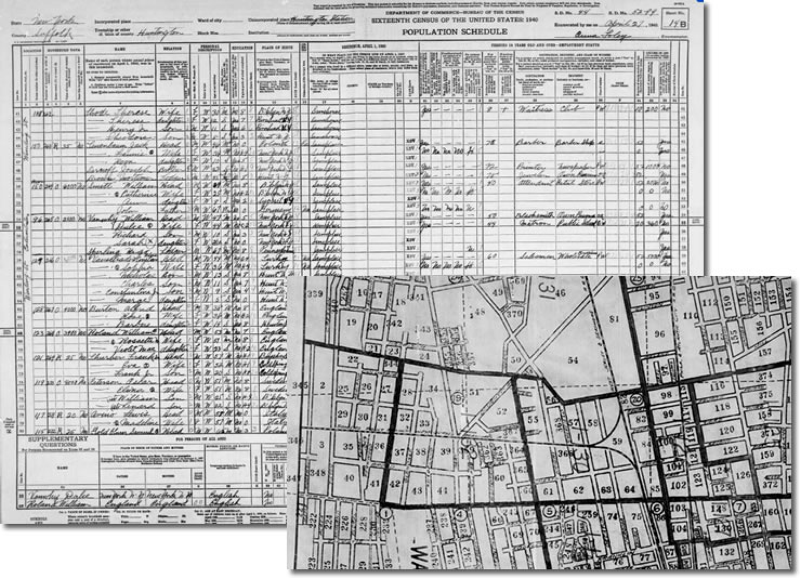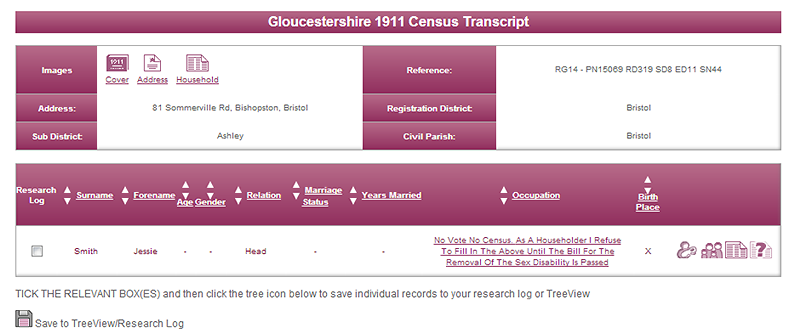TheGenealogist reveals its plans for 2017 record releases
Press Release from TheGenealogist:







